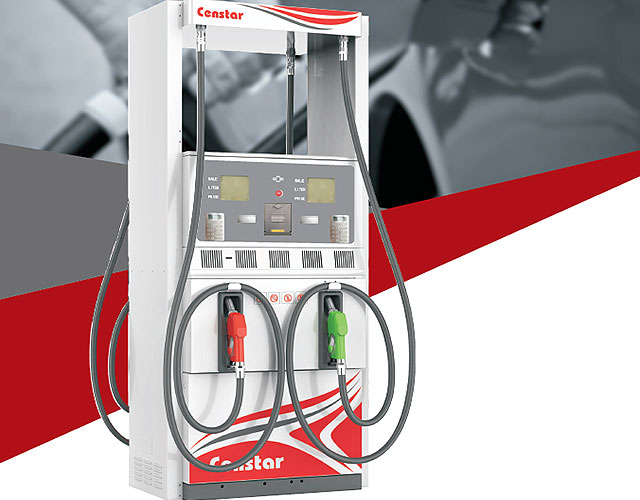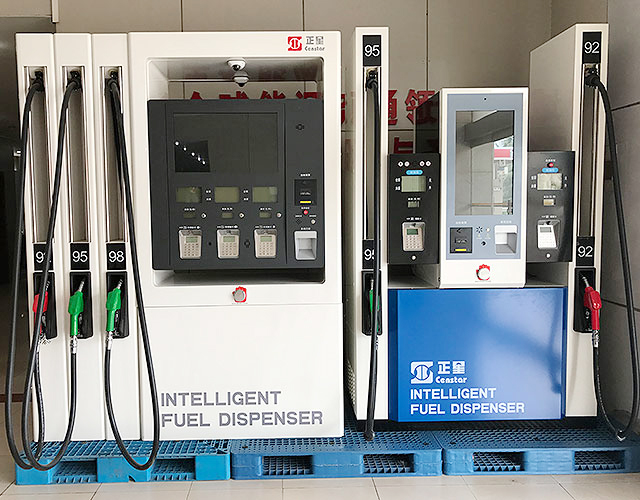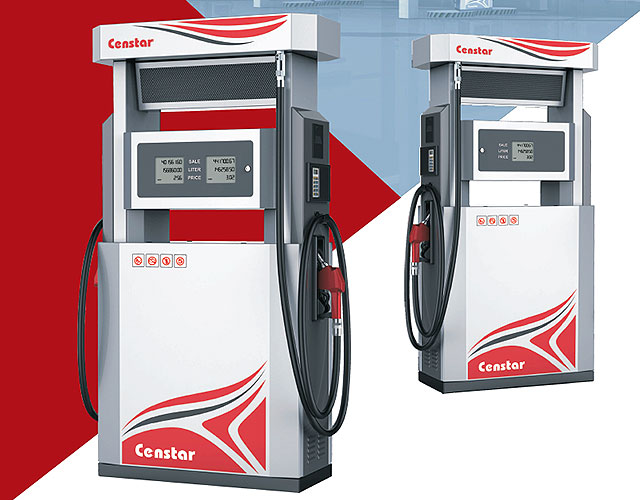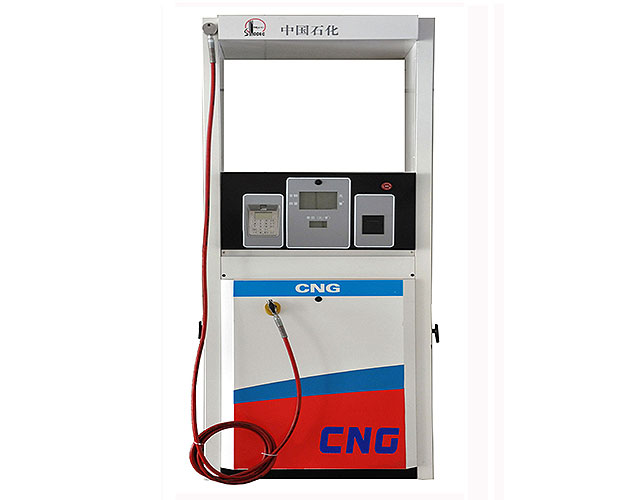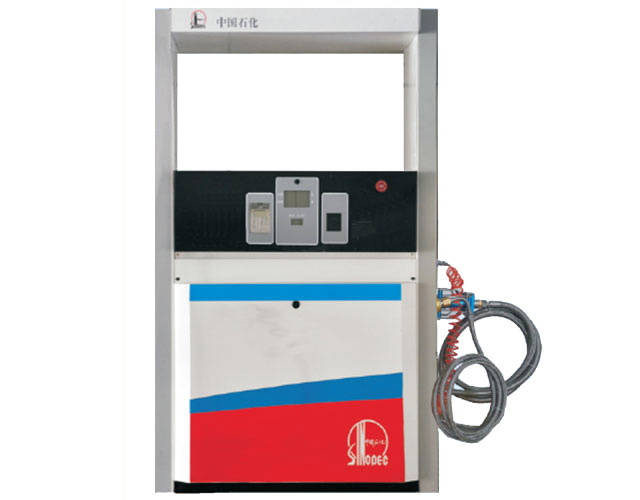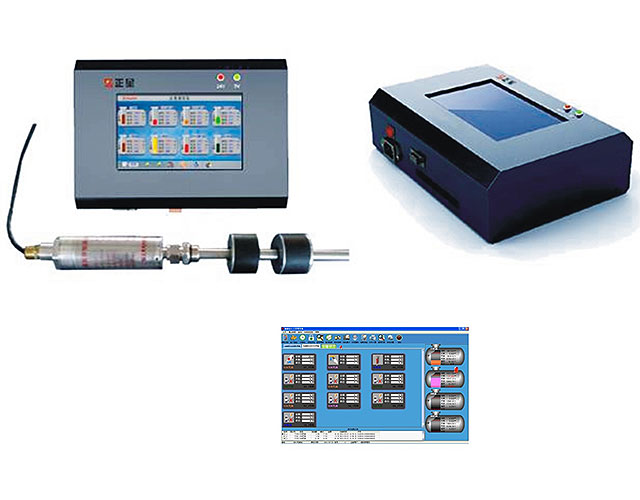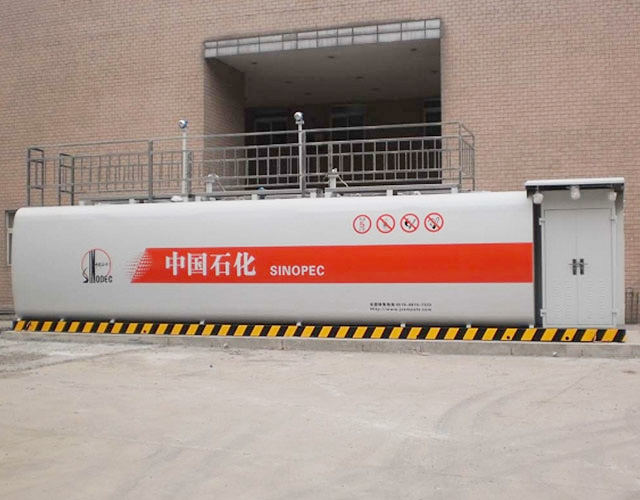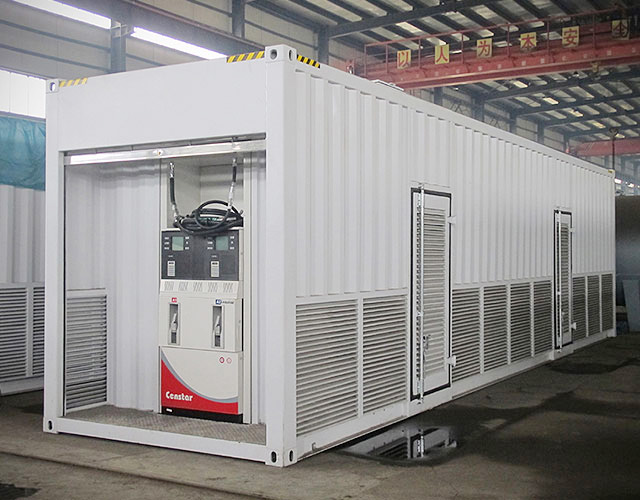hydrogen smr natural gas steam compressor station kw kg

Distributed Systems for Hydrogen Production from City Gas
using a compressor to at least 7 MPa and 29°C before being cooled to room temperature, and then all CO2 in the off gas was removed by a vapor/liquid separation tank. In estimating CO2 emissions caused by electric power consumption, we assumed the CO2 emission intensity of kg/kWh (reported by Tokyo Electric Power for 2006).

Being A Gas Pumping Station Operator: What You Really Do
Gas Pumping Station Operators operate steam, gas, electric motor, or internal combustion engine driven compressors. Transmit, compress, or recover gases, such as butane, nitrogen, hydrogen, and natural gas. We asked Gas Pumping Station Operators

DOE Hydrogen and Fuel Cell Technical Advisory Committee
generate hydrogen. US natural gas reserves are: Natural gas 238 TCF Unconventional gas streams 400 TCF Shale formations expected 1,200 TCF •If all U.S. transportation 300MM vehicles where to convert to hydrogen it would require ~10 TCF natural gas. Current NG consumption is 25 TCF.

CURRENT STATUS AND FUTURE PROSPECTS OF
This paper descries current status and future prospects of hydrogen production technology at Tokyo Gas, focusing on a new concept membrane reformer technology for highly efficient and compact hydrogen production systems, construction and demonstration of hydrogen refueling station using LPG and natural gas feedstock for fuel cell electric

Distributed Hydrogen Production via Steam Methane Reforming
Distributed production of hydrogen from natural gas utilizes small scale steam methane reforming technology. The advantages of distributed hydrogen production are the production unit can be located at the consumer refueling site, the unit capacity can be tailored to the site’s fueling requirements, and this approach eliminates the need for an extensive hydrogen delivery infrastructure.

Gaseous Hydrogen Compression Department of Energy
Gaseous Hydrogen Compression. Centrifugal compressors rotate a turbine at very high speeds to compress the gas. Hydrogen centrifugal compressors must operate at tip speeds 3 times faster than that of natural gas compressors to achieve the same compression ratio because of

“Overview of the market segmentation for certifhy
“Overview of the market segmentation for HENG Hydrogen Enriched Natural Gas HRS Hydrogen Refueling Station ICE Internal Combustion Engine kg kilograms km kilometers by steam methane reforming (SMR) of natural gas, coal gasification and as a results of cracking of

Hydrogen economy Wikipedia
General Atomics predicts that hydrogen produced in a High Temperature Gas Cooled Reactor (HTGR) would cost $ /kg. In 2003, steam reforming of natural gas yielded hydrogen at $ /kg. In 2005 natural gas prices, hydrogen costs $ /kg.

Hydrogen Station Cost Estimates NREL
timeframe when typical new stations resemble EC stations, with a capacity of 450 kg/day and a capital cost of $2.8 million per station. On a capacity basis, this capital cost is $6,220 per kg/day of station capacity. This is a 62% reduction in capital cost per capacity compared to SOTA stations.

Steam reforming Linde Engineering
Steam reforming Steam reforming is the most widespread process for the generation of hydrogen rich synthesis gas from light carbohydrates. The feed materials natural gas, liquid gas or naphtha are endothermically converted with water steam into synthesis gas in catalytic tube reactors.

Danish team electrifies steam methane reforming for
Using very high temperatures and steam, SMR reformers convert methane into carbon dioxide and hydrogen. However, this widely used method also has a significant CO 2 footprint; not only is the greenhouse gas produced as a byproduct of the reaction, fossil fuel burning furnaces are used to supply the heat required to drive the reactions.

Natural Gas to Hydrogen (H) processdesign
With the increased production of natural gas and the corresponding drop in price, steam reforming is a profitable method to produce hydrogen. The goal of this project is to design, optimize, and economically analyze a steam reforming process that will produce % hydrogen from a feedstock of natural gas.

Hydrogen InfrastructureHydrogen Infrastructure
Hydrogen InfrastructureHydrogen Infrastructure Nick Mittica Air Products and ChemicalsAir Products and Chemicals SMR POX STEAM / POWER CUSTOMER(S) Offgas Fuel) REFORMING PSA GASEOUS PIPELINE MEMBRANE 100 kg/day Syngas Shift Hydrogen Natural Gas Feed Compressor

April: Producing industrial hydrogen from renewable energy
(Assumptions : CAPEX of electrolyzers USD 850/kW, WACC 7%, lifetime 30 years, efficiency 74%; cost of hydrogen from SMR USD 1 to 3/kg, cost of CCS USD /kg H 2 (~USD 75/tCO 2)) Places that meet these two conditions low prices and a high utilization factor could be found in sunny, windy regions with the right combination of solar plants and wind farms.

Cost and Performance Comparison of Stationary Hydrogen
hydrogen 5. Hydrogen gas purification The difference between SMR and ATR is how heat is provided to activate the endothermic steam reforming reaction. In SMR, the catalyst is contained in tubes that are heated by an external burner. In ATR, a portion of the natural gas is burned to raise the temperature of the process gas before it contacts the catalyst.

Prospects for Hydrogen in the Future Energy System
apparent. Large scale thermochemical conversion of fossil fuels (natural gas or coal) is currently the least costly way to make hydrogen in terms of both the specific capital cost ($/kW) and the levelized cost of hydrogen ($/kg). With carbon capture, greenhouse gas emissions can be significantly reduced, at relatively modest cost.

Hydrogen Production Technologies/Strategies for
2 from natural gas via steam reforming and from coal via gasification (current technology) with geological sequestration of separated CO 2 H 2 from water via electrolysis and renewable electricity (future technologies) H 2 from water via complex thermochemical cycles using nuclear heat from

Hydrogen Fueling Stations Infrastructure
series of reactors, a purification system PSA, buffers and hydrogen compressor, filters, air dryers and compressors, and hydrogen dispensing pumps (Figure A1).[3] The approximate hydrogen fueling capacity of this type station is 100 1000 kg/day depending on the size of the reformer and the number of dispensing pumps.[4] 2.2.

Alternative Fuels Data Center: Hydrogen Production and
Natural gas reforming using steam accounts for the majority of hydrogen produced in the United States annually. A synthesis gas can also be created by reacting coal or biomass with high temperature steam and oxygen in a pressurized gasifier, which is converted into gaseous components—a process called gasification. The resulting synthesis gas contains hydrogen and carbon monoxide, which is reacted

About Hydrogen Fuel Cell Vehicles (They're Not Clean)
Time To Come Clean About Hydrogen Fuel Cell Vehicles. Twitter; natural gas steam reforming process. However, when FCVs are run on hydrogen reformed from natural gas


